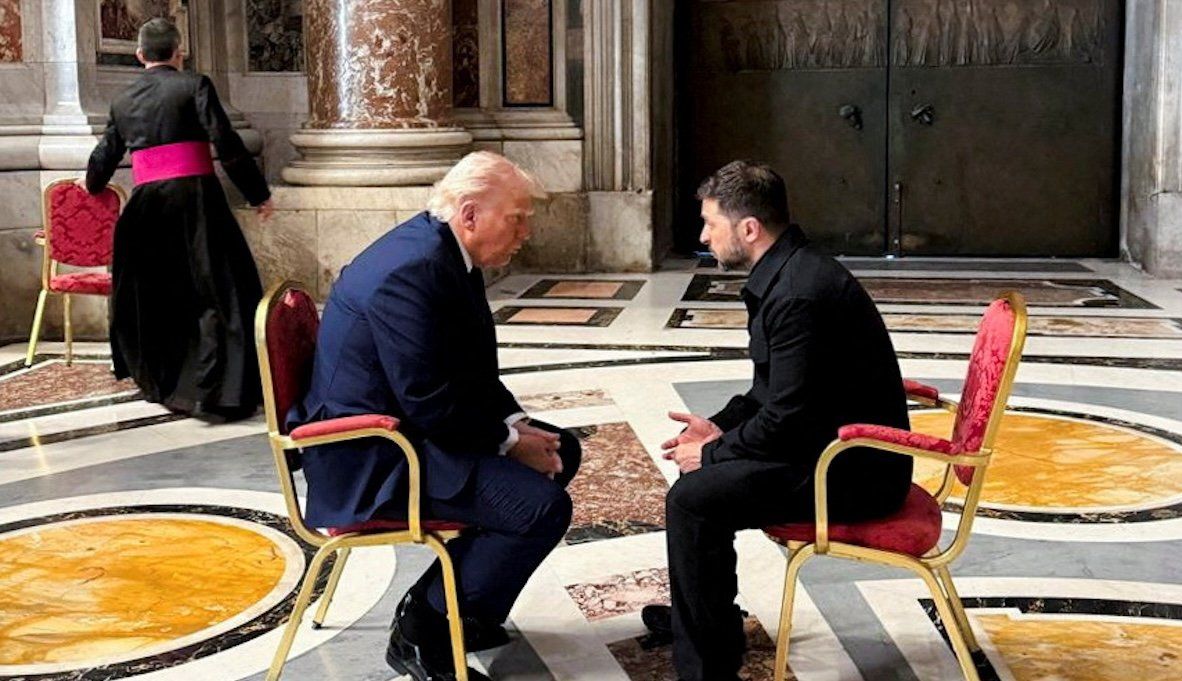Has the pope’s funeral set the stage for peace in Ukraine? At the Vatican on Saturday, US President Donald Trump sat down with Ukrainian President Volodymyr Zelensky for a meeting the White House described as “very productive,” and which Zelensky said had the “potential to become historic, if we achieve joint results.” Zelensky also met separately with Italian Prime Minister Giorgia Meloni, UK Prime Minister Keir Starmer, and French President Emmanuel Macron, who later claimed that Ukraine was ready for an “unconditional ceasefire”and that it’s “now up to Russia to prove that it truly wants to end this war.”
Trump also threw the ball into Russia’s court – but it landed more like a grenade. After meeting Zelensky, the US President posted to Truth Social that he feared Russian President Vladimir Putin might have been “tapping” – aka, deceiving – him about his willingness to end the war. The evidence? Russia’s continued bombardment of Ukraine, including an attack Thursday that killed 12 people and injured 90. Trump suggested that now Putin must be “dealt with differently,” possibly through banking or secondary sanctions. At the same time, the US president claimed late Sunday that Ukraine was ready to yield Crimea – Zelensky said last week this was a nonstarter.
The response? Hours later, Russia launched a large-scale drone and airstrike assault across Ukraine, killing at least four people and injuring several others. Each country also targeted the other overnight with long-range attacks, though there were no immediate reports of casualties. Mediators are now urging the two sides to the table in what US Secretary of State Marco Rubio described as a “critical week” for resolving the conflict.
Oh and by the way. Though it had been known for some time,North Korea formally acknowledged on Sunday that it has been lending troops to the Russian cause. Separately, the Trump administration is reportedly looking to reopen talks with the North Korean regime, after Trump held a pair of talks with Kim Jong Un during his first term in office.